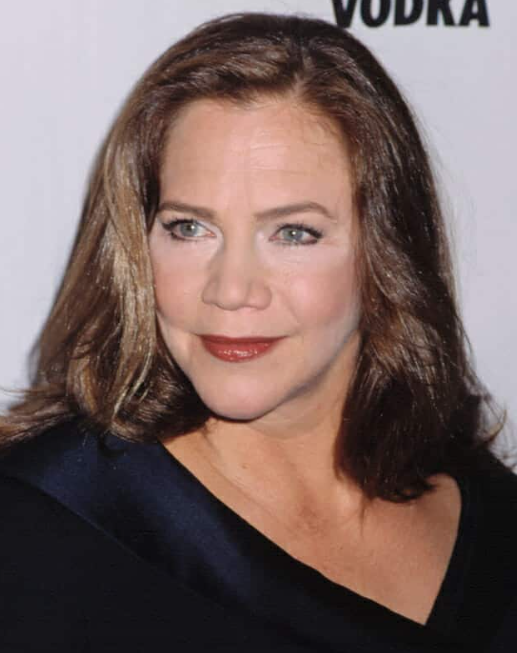Kathleen Turner’s Journey: From ‘Serial Mom’ Fame to Life’s Ups and Downs
Emergence of a Hollywood Icon
Kathleen Turner’s rise to prominence in Hollywood during the 1980s was characterized by her unique blend of strength and allure, establishing her as one of the era’s most captivating actresses.
This resilience became crucial as she embarked on a life filled with both successes and challenges.
A Childhood Scarred by Tragedy
Kathleen Turner was born in Springfield, Massachusetts, and her early life was marked by adversity. Growing up in a family with four children, she spent her formative years in London and Venezuela. Tragedy struck at a young age when her father passed away suddenly while tending to their Hampstead home’s lawn.
A month later, her family’s life took another twist when the foreign service relocated them from the UK, and they settled in Springfield, Missouri. In this new chapter, they faced the challenges of grief and adaptation.
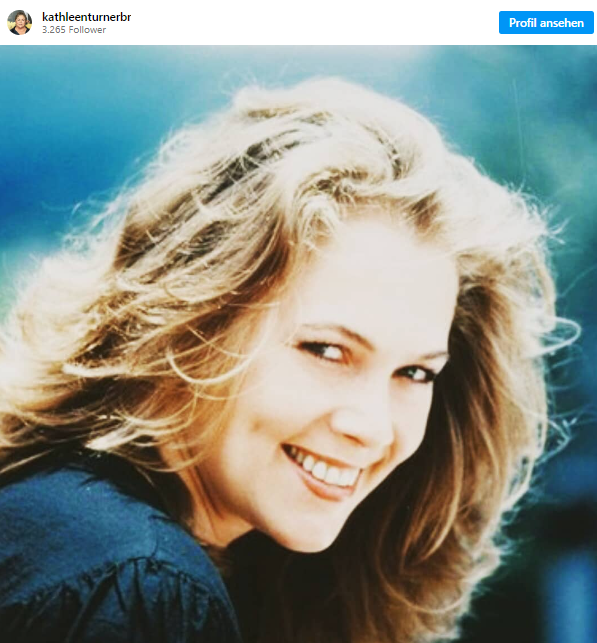
The Pursuit of Dreams
Upon reaching adulthood, Turner sought solace by relocating to New York to pursue an acting career. Her path led her to stage roles, but her breakthrough came with her portrayal of a femme fatale in the 1981 film “Body Heat.”
Three years after sharing the screen with William Hurt, she starred alongside Michael Douglas in “Romancing the Stone.” The filming coincided with Douglas’ tumultuous separation from his wife Diandra, leading to an emotional bond between him and Turner.
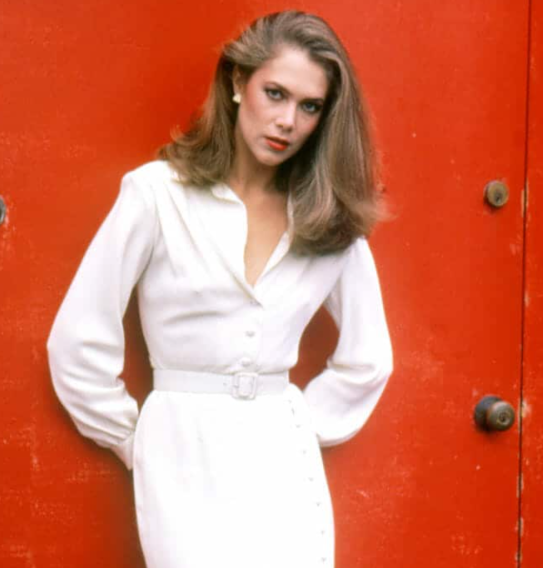
Embracing Matrimony and Parenthood
The connection between Michael Douglas and Turner blossomed into something more, but Turner eventually married Jay Weiss, a property developer she met during the same film. In 1987, the couple welcomed their daughter, Rachel Ann Weiss.
However, amid the joys of motherhood, challenges began to surface. Turner’s commitment to her family led to imbalances in her marriage, and she often felt burdened by a sense of guilt.
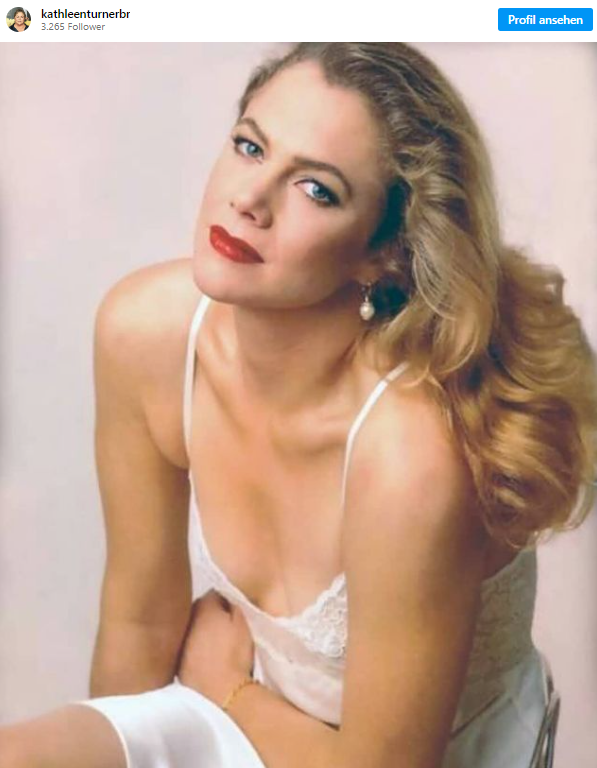
Stage Triumphs and Personal Struggles
Turner’s talents extended beyond film, and she made her mark on Broadway with her role in the 2005 revival of “Who’s Afraid of Virginia Woolf?” However, the demands of her stage commitments strained her marriage. The couple separated amicably during this period, and Turner’s performance earned her a Tony Award nomination.
Her excellence in cinema continued to shine, resulting in an Oscar nomination for her role in “Peggy Sue Got Married” in 1987. However, challenges arose in the 1990s when a medical setback limited her neck’s movement and caused swelling in her hands. Diagnosed with rheumatoid arthritis, Turner had to grapple with the potential loss of her physical abilities.
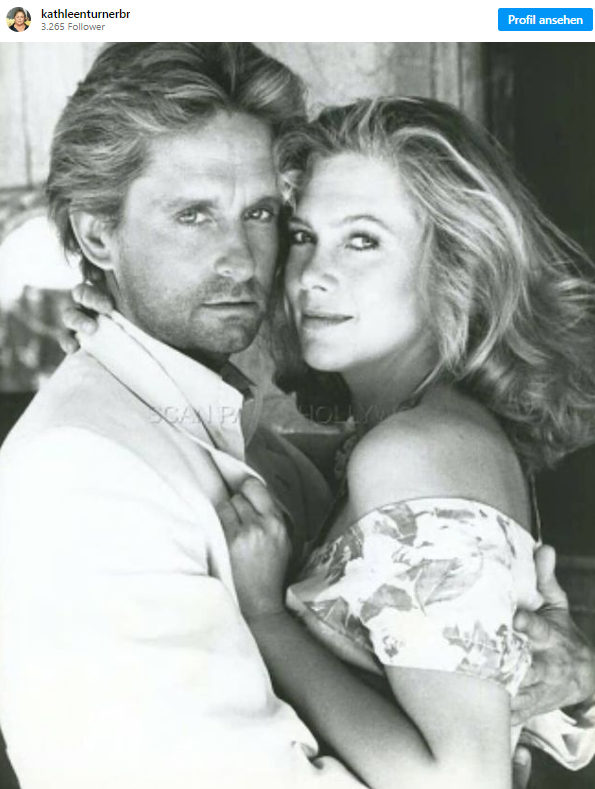
Resilience Amid Adversity
Her condition necessitated a dependence on medication and alcohol to cope with pain, which also began to impact her performances. A period in rehab shed light on the fact that alcohol wasn’t the primary problem, highlighting the importance of effective medication management.
In response to these challenges, Turner turned to yoga and pilates as a means to alleviate pain and maintain her flexibility.
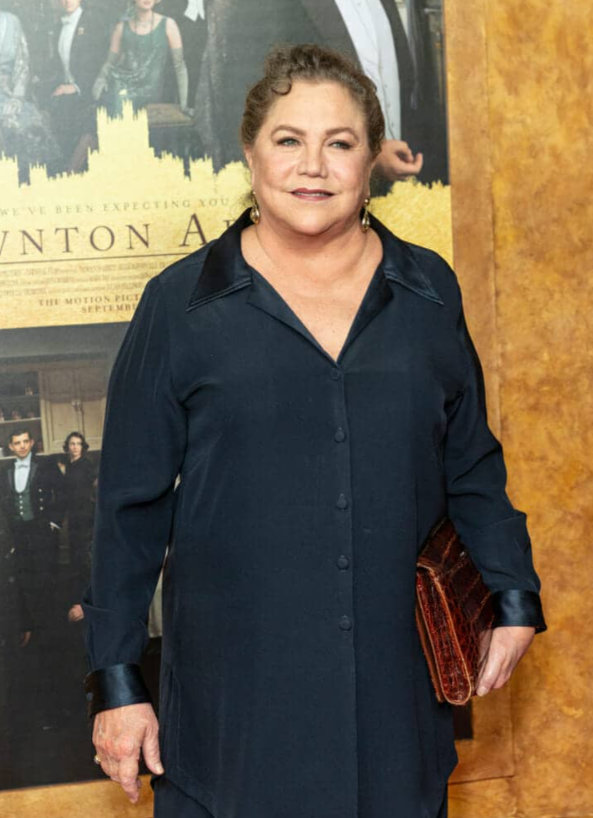
A Return to the Stage and Advocacy
Turner’s attention turned back to her stage career, a decision that was affirmed as she took on roles that resonated with her as she grew older. She even made her way to the stage in her forties with a performance in “Cat on a Hot Tin Roof.”
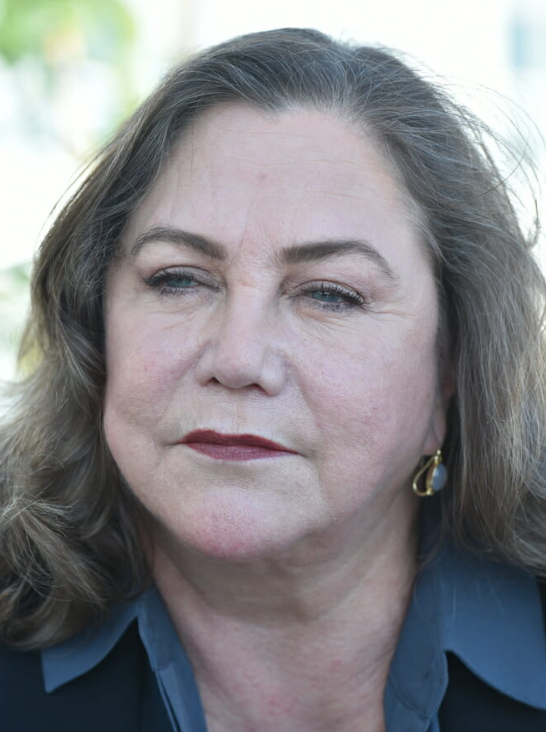
Her dedication to women’s rights was unmistakable as she dedicated her time to organizations like Amnesty International and Planned Parenthood. This feminist perspective is further illuminated in Gloria Feldt’s memoir, “Send Yourself Roses,” which highlights Turner’s belief in the significance of financial independence and the changing role of women.
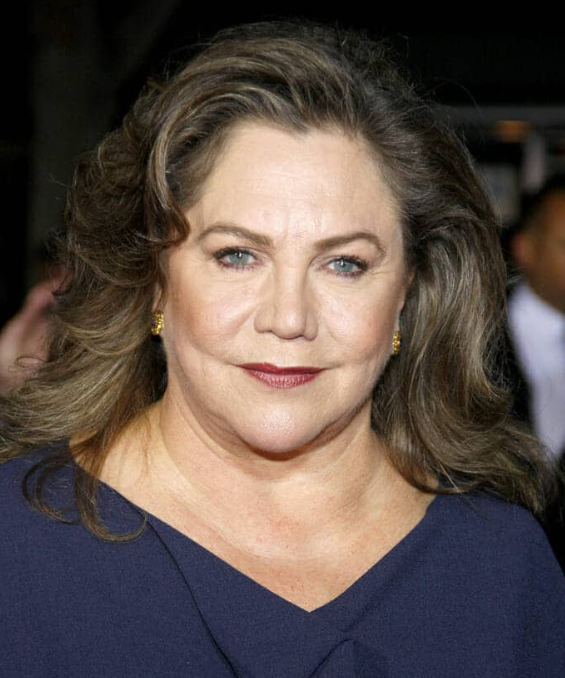
The Legacy of a Fighter
Kathleen Turner’s path embodies resilience, from overcoming personal challenges to attaining professional greatness. Her unwavering strength and dedication to advocacy cement her legacy, making her not just a Hollywood icon but also a source of inspiration for women all around the world.
